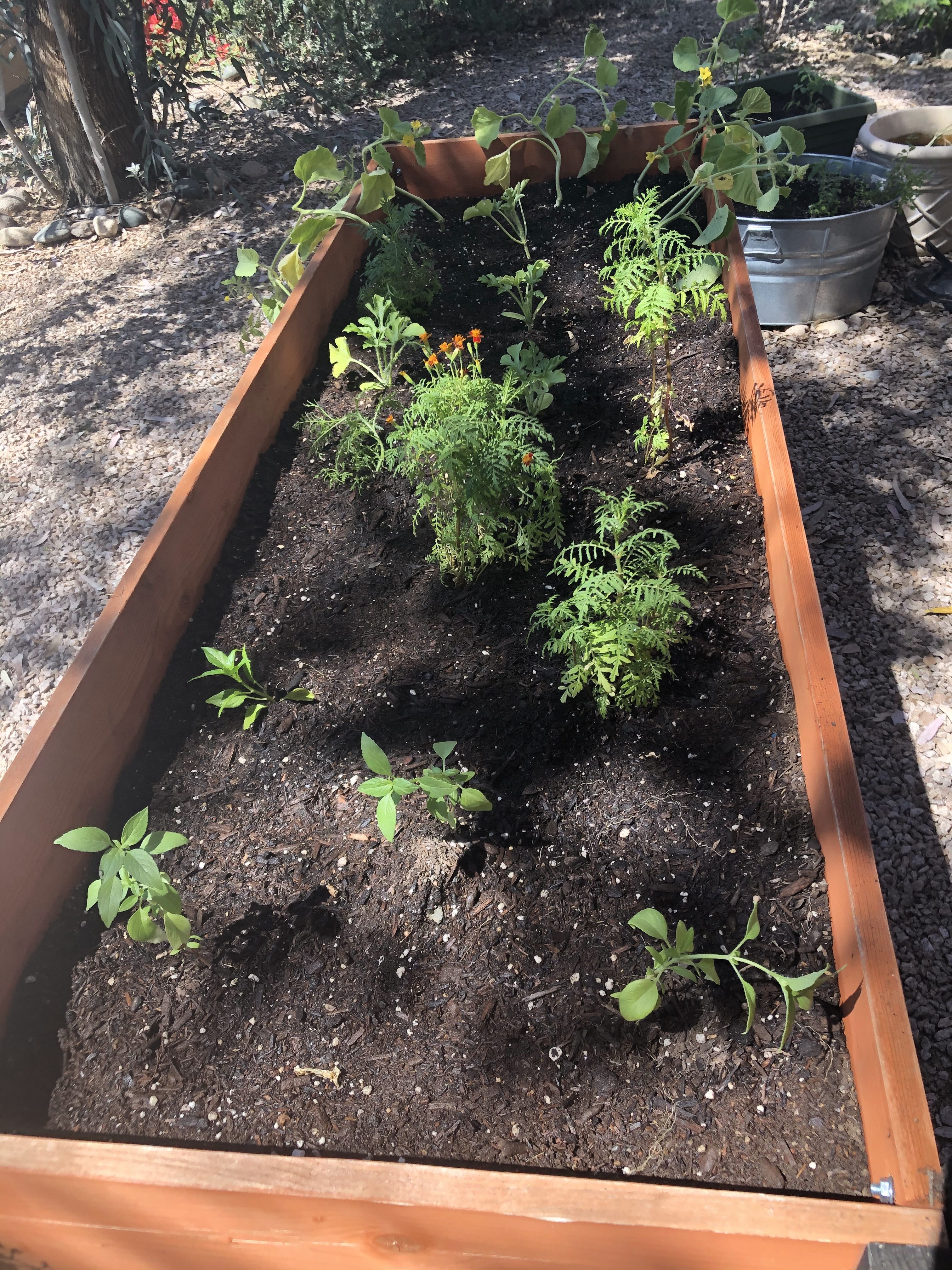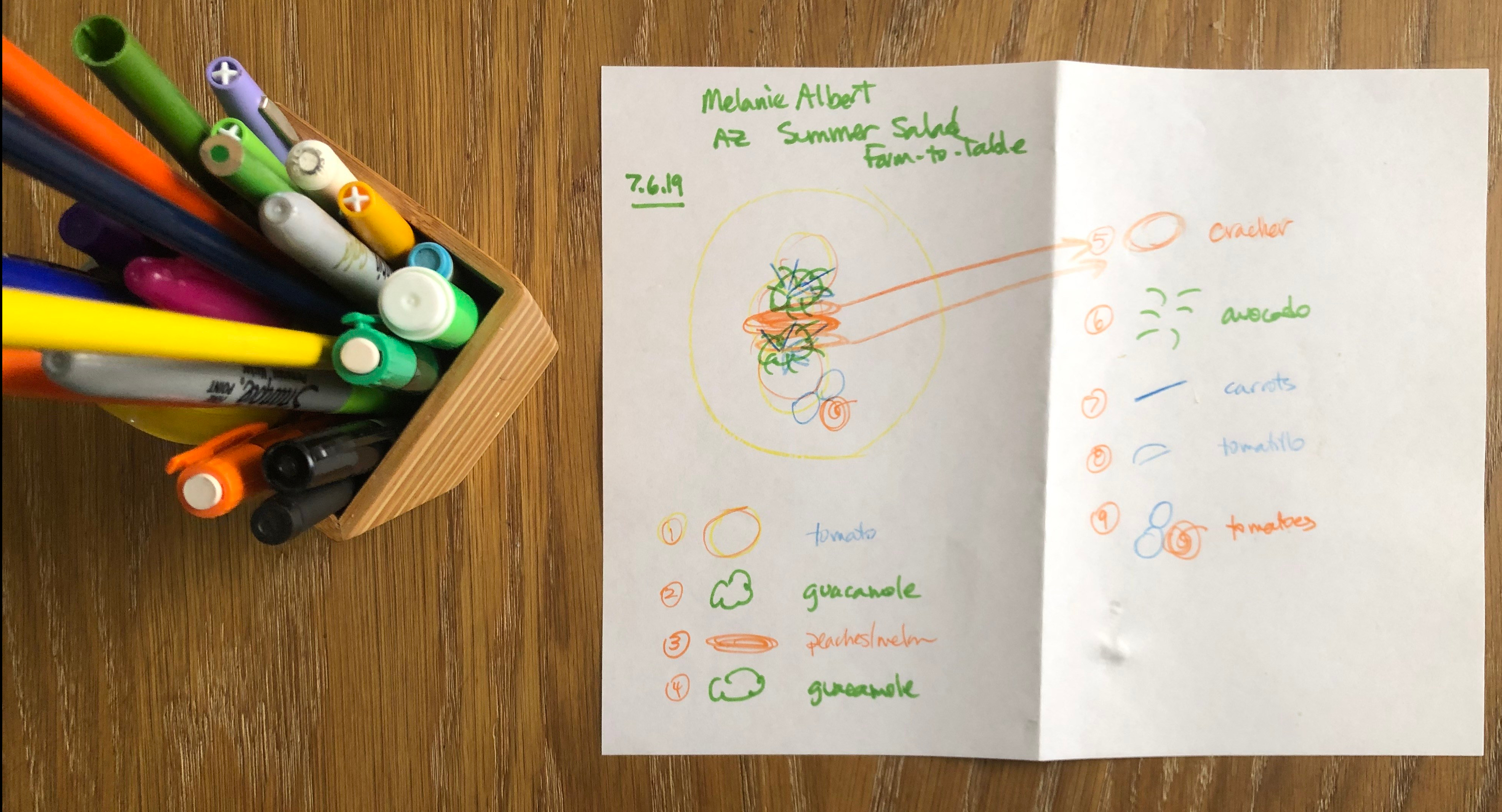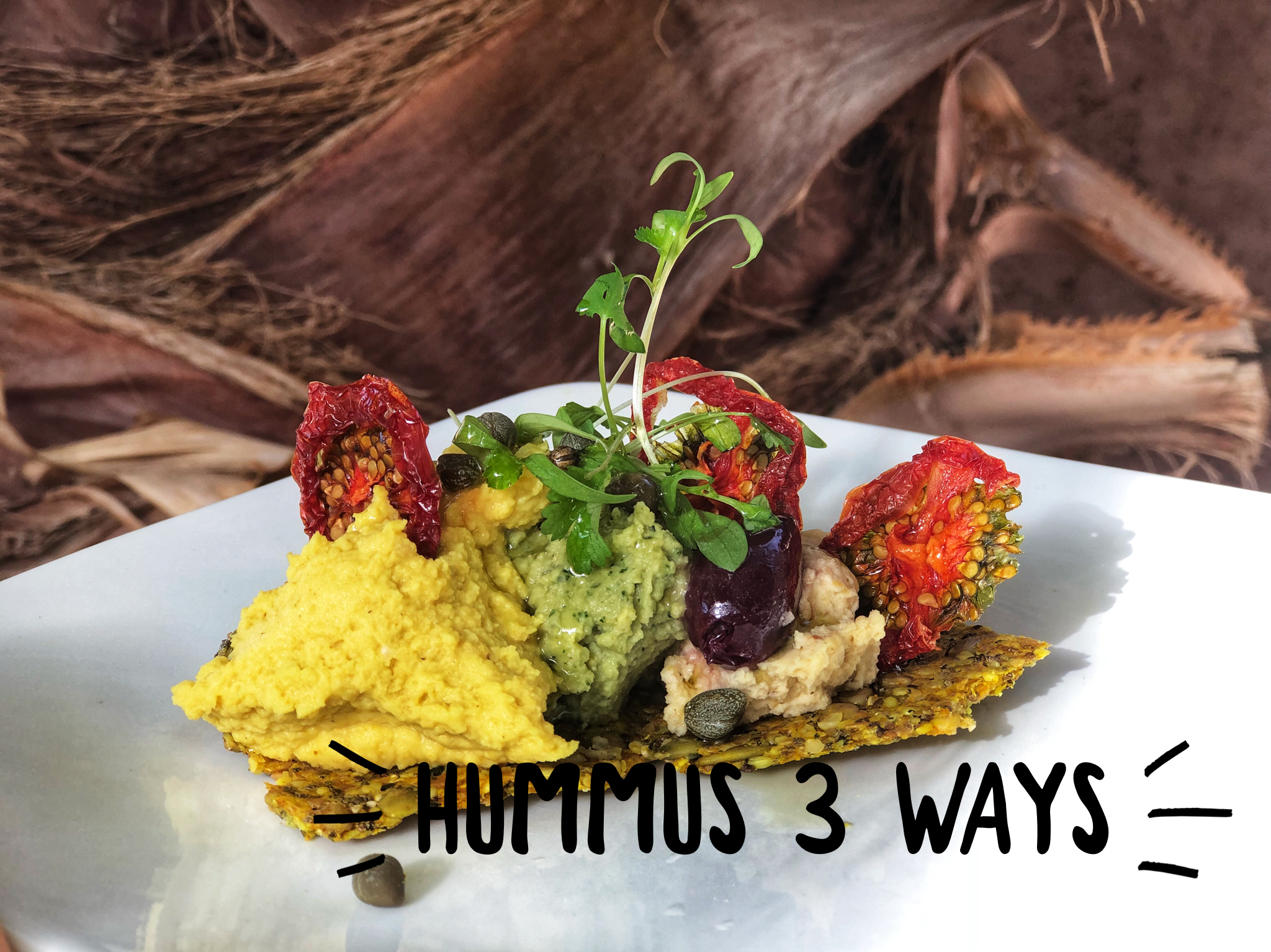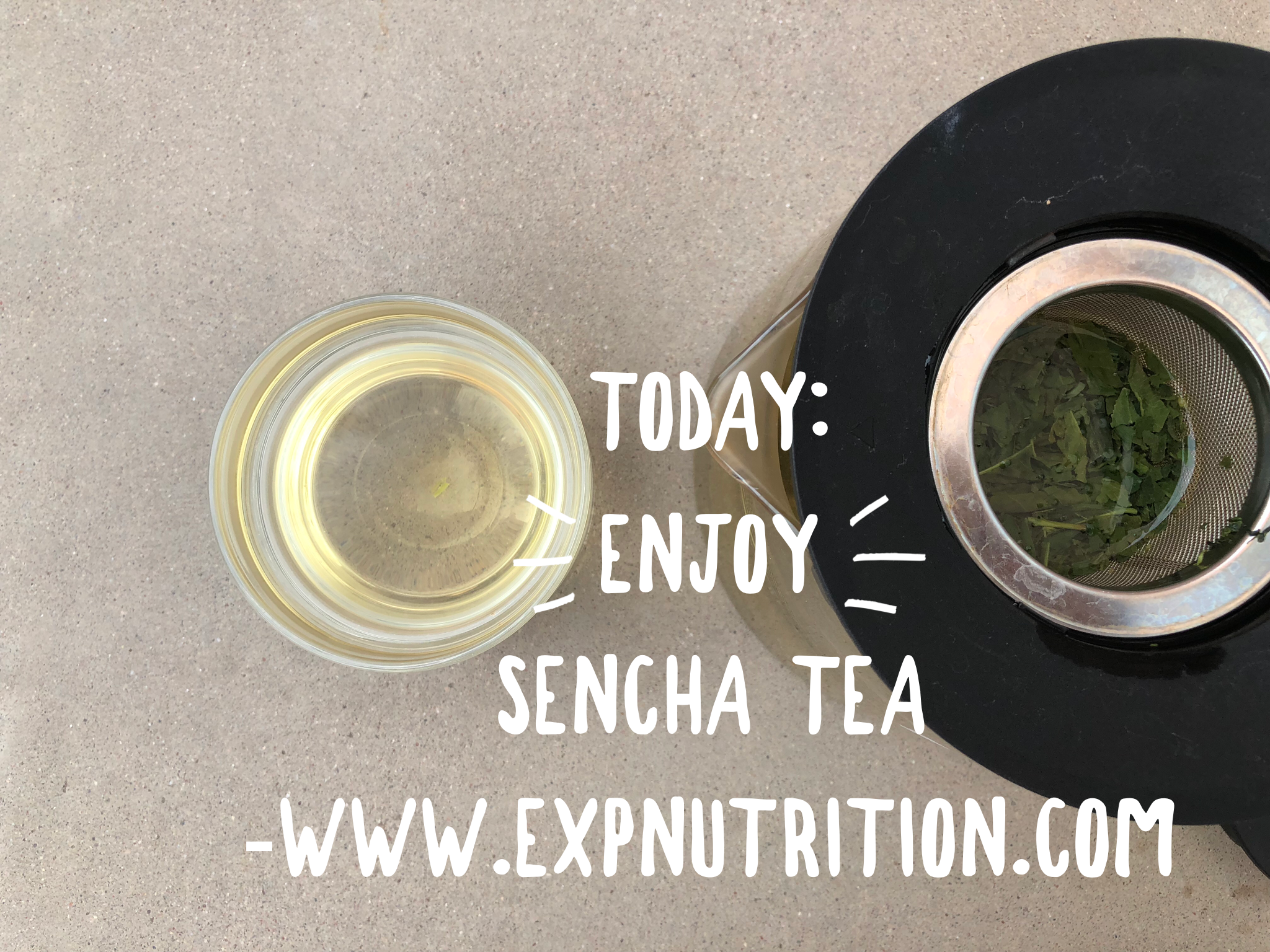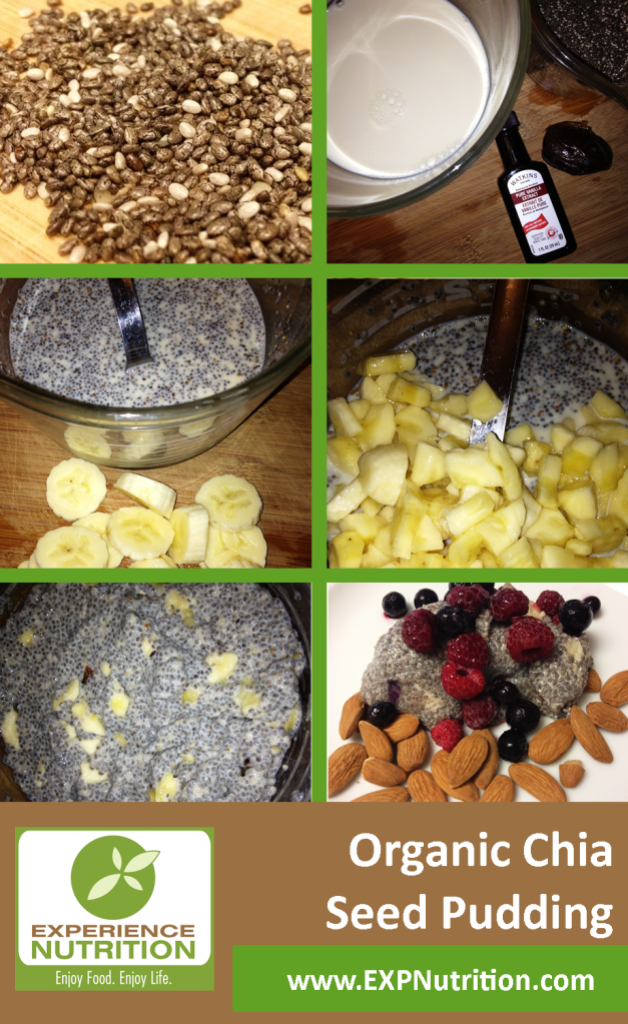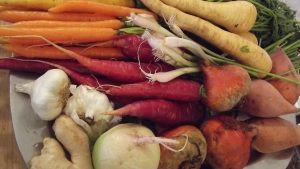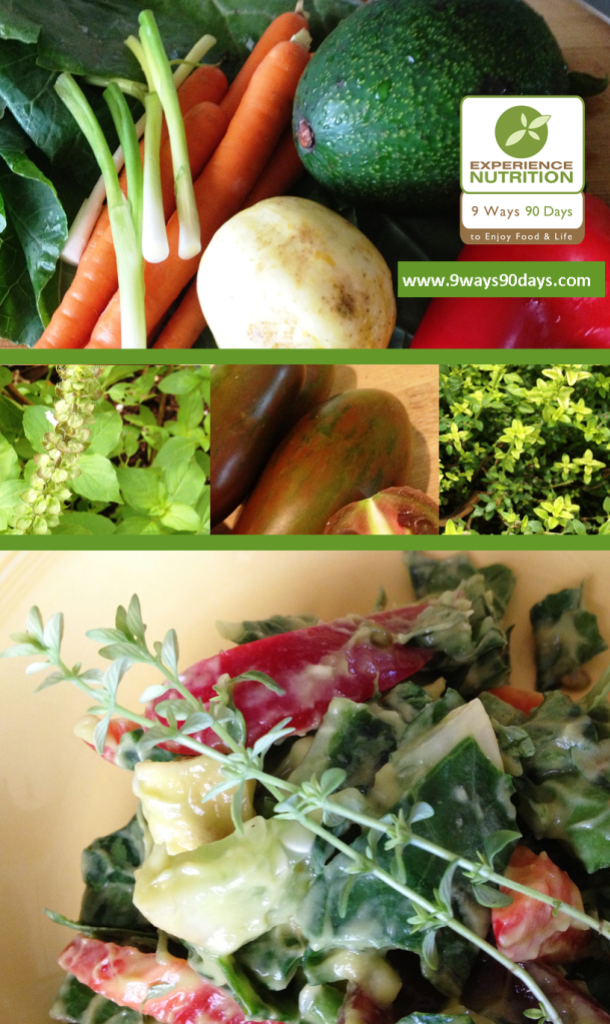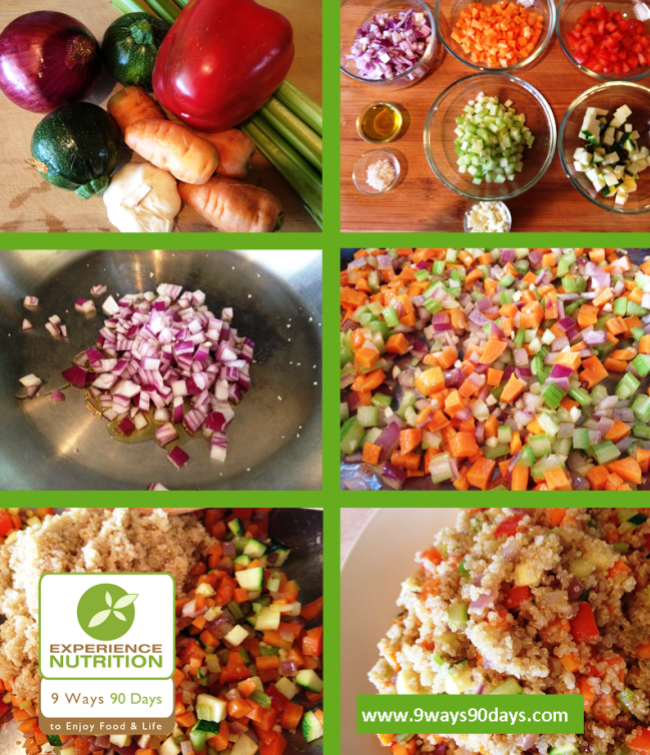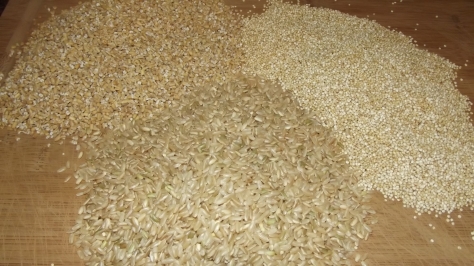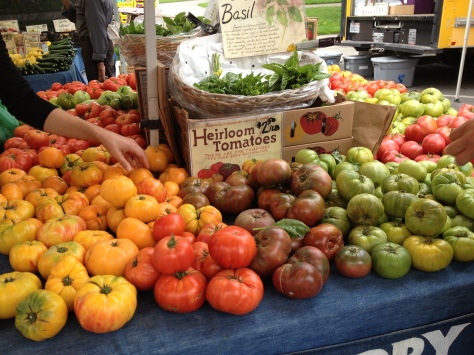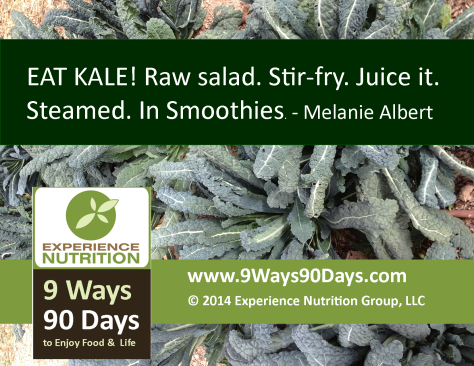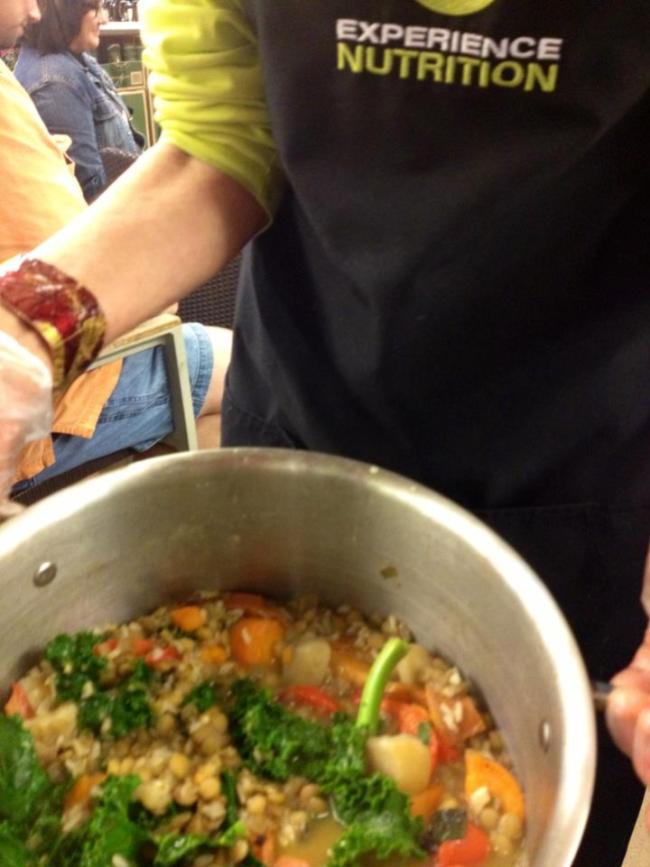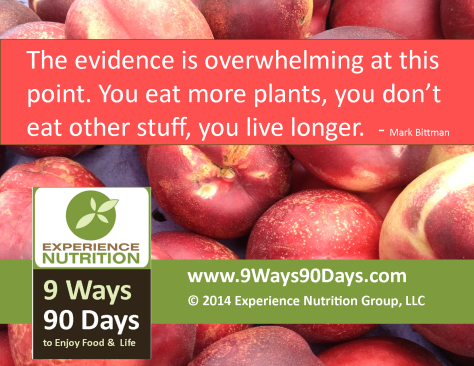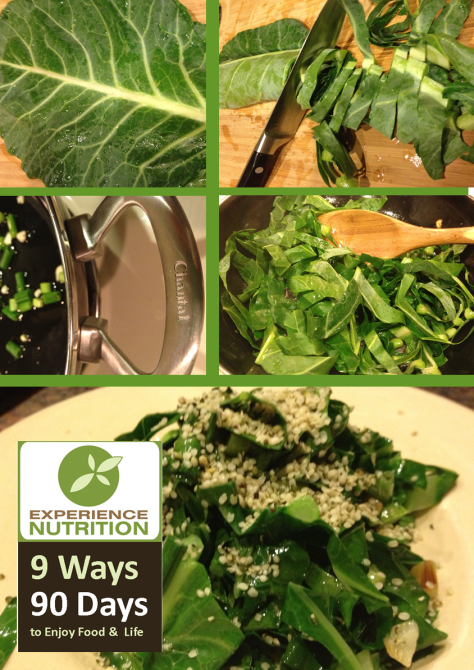Happy to share with you the second phase of planting my little Arizona edible garden. Click to see Gardening Part 1: Earth Day: Slow Down with Home Gardening. Worms!
10 Step Summer Gardening Experience
After returning from the Arizona Worm Farm (see more in the Earth Day Blog), I knew I only had a few hours to plant my garden and use the Worm Tea. Thus, I was focused, mindful, and in the moment with these 10 Gardening Steps:
- Choose your Plants.
- Gardening “Mise en Place.” Get organized with the plants, mulch, worm castings, and worm tea for your garden.
- Take out the old (plants) to leave room for the new.
- Pull out all old roots and thoroughly mix the soil.
- Add mulch and mix it into the old soil.
- Plant the transplants.
- Sprinkle a layer of nutrient-dense Worm Castings onto the top of the soil.
- Drizzle Worm Tea onto the top of the soil, around all of the plants.
- Water the garden.
- Enjoy!
Let’s take a quick video look at the Pre-Garden and then get started on our New Summer garden.
Step 1. Choose Your Plants
In general, at this time of year, in the Phoenix area and in many different areas across the USA, it’s time to plant warm-weather, hydrating crops. Think tomatoes, peppers, cucumber, watermelon, melons, summer and winter squash, beans, and herbs.
Top Tips to Choose your Edible Garden Plants
When purchasing plant-starts (transplants) be sure to purchase:
- “Organic” or pesticide-herbicide-free.
- Local crops, that will do well in your area.
- Seasonal crops, to be planted now for the Summer.
- Your favorite veggies, fruit, herbs, and edible flowers.
Although I’ve lived in Arizona, this time for 15 years, I totally rely on the expertise of our local Phoenix area entrepreneurs who grow plant-starts for our community. A quick list of what I’ve purchased so far this season:
Vilardi Gardens, Phoenix
Vilardi Gardens is known as one of the best places for high-quality Arizona-grown edible transplants: All-natural, chemical- and pesticide-free. Perfect for growing in our Arizona climate. During the Coronavirus “stay-at-home,” at this point in time, Vilardi Gardens is selling at the Roadrunner Park Farmers Market (Cactus Road & 35th Street) on Saturday mornings and delivering to our homes!
A few weeks ago, I opted for home delivery of a few summer favorites:
- Tomatoes
- Purple tomatillos
- Peppers
- Sweet marjoram
- Italian oregano


The Soil & Seed Garden at The Farm at South Mountain, Phoenix
Thanks so much to Billy Anthony, farmer at the Farm at South Mountain, for my favorites, including edible flowers!
- Tomatoes
- Cucumbers
- Watermelon
- Lemon balm
- Peppers
- Marigolds
Step 2. Gardening “Mise en Place.” Get organized with the plants, mulch, worm castings, and worm tea for your garden.

Step 3. Take out the old (plants) to leave room for the new.

Step 4. Pull out all old roots and thoroughly mix the soil.
Step 5. Add mulch and mix it into the old soil.
Step 6. Sprinkle a layer of nutrient-dense Worm Castings onto the top of the soil.
Step 7. Plant the transplants from The Soil & Seed Garden at The Farm at South Mountain.
Step 8. Drizzle Worm Tea onto the top of the soil, around all of the plants.
Step 9. Water the garden.
Step 10. Enjoy!

Let’s take a video look at the newly planted elevated garden…All ready with Summer plants!
Stay in touch with us on www.facebook.com/ExperienceNutritionAZ and Instagram @experiencenturitionaz and tag us #experiencenutrition on your edible gardening and plant-based culinary creations.
By Melanie Albert, Plant-Based Cooking Leader, Founder & CEO, Experience Nutrition in Phoenix, Arizona. Award-winning cookbook author, speaker, corporate wellness, team building, retreat leader, and caterer.
